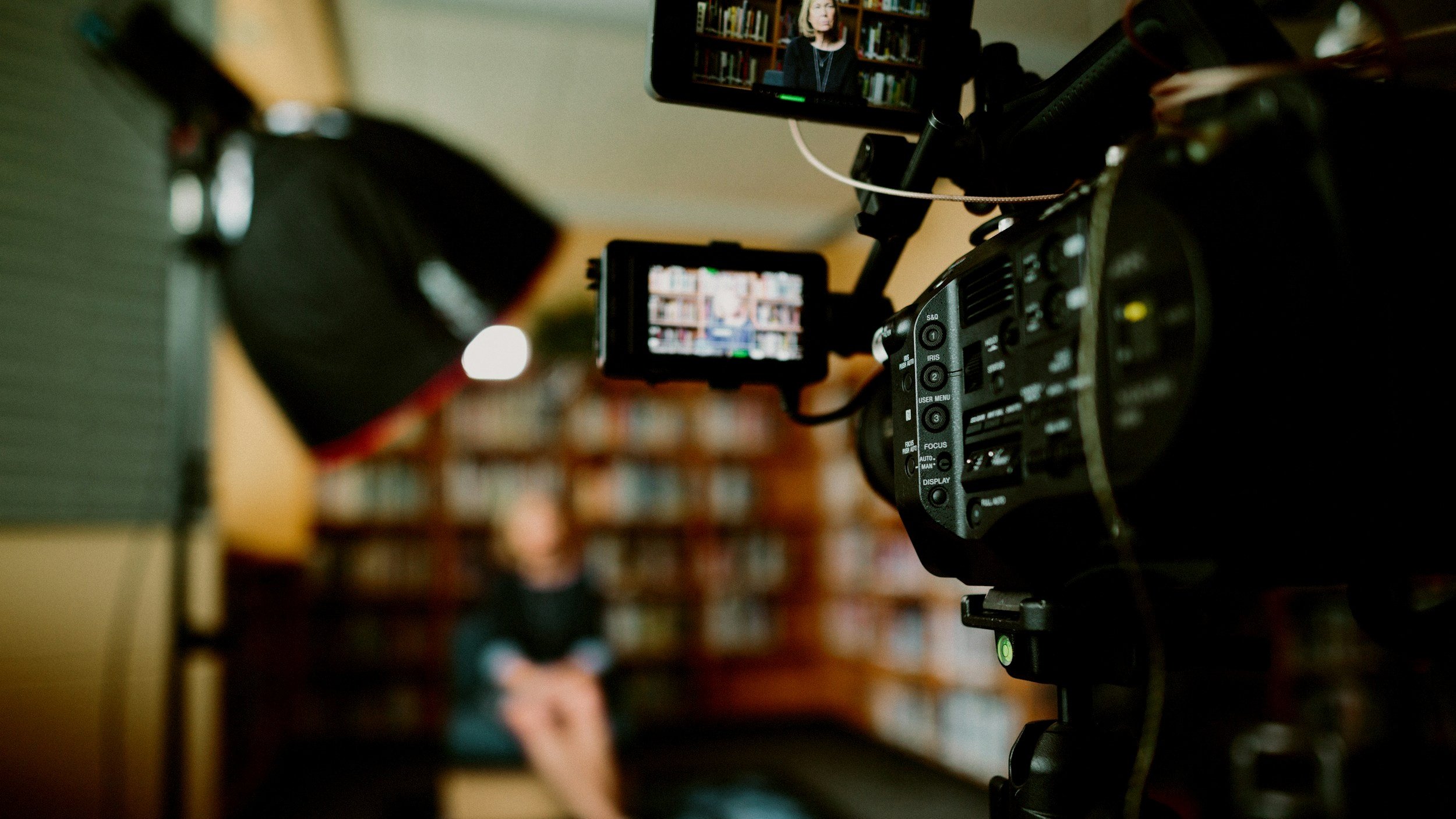
Monetize Your Music with Sync Licensing
Get your music placed in film, TV, games, and branded content. Join our exclusive sync roster and start earning beyond streams.
“Trusted by Meta, World of Tanks, The Boondocks & more.”

What is Sync Licensing?
Sync licensing — short for synchronization licensing — is when your music is used in visual media like film, TV shows, commercials, YouTube content, or video games. It’s one of the most powerful ways artists can earn money and gain exposure, often providing far more value than streaming revenue.

Why Sync Licensing Pays More Than Streaming
How Much Can You Earn?
Let’s break it down:
🎧 Spotify pays = $0.003 to $0.005 per stream
🎶 Apple Music pays = $0.01 (one cent) per stream
📺 TV sync license (1 episode) = $5,000–$20,000
🎬 Film sync placement or trailer = $10,000–$80,000
📢 Ad campaign sync license = $20,000–$100,000+

Why Blak Marigold?
🎯Trusted by Industry Leaders
With sync placements in Meta campaigns, video games like World of Tanks II, and cult shows like The Boondocks, we’ve helped artists land life-changing placements — without giving up ownership. We know what music supervisors want. Now it’s your turn.

Ready to License Your Music? Join Our Sync Roster
We review new music weekly for licensing placements in games, ads, shows, and film. Submit your best track and let’s make your music work harder for you.
✅ Before You Submit: Sync Readiness Checklist
Make sure you’ve got these locked in — we only accept fully cleared music for sync placement:
Registered with a PRO
(BMI, ASCAP, or SESAC — so you get paid when your track is placed)Distributed and Available
Your track should already be uploaded to platforms like Spotify, Apple Music, or YouTube.You Own 100% of the Rights
No samples, no leased beats, no uncleared collabs. Only submit tracks you fully own and control.

Sync Licensing FAQs for Independent Artists & Producers
-
Sync licensing refers to the process of granting permission to synchronize your music with visual media, such as TV shows, films, advertisements, or video games. This license allows your song to be used in conjunction with visual content, providing exposure and potential revenue streams.
-
To submit your music for sync licensing:
Ensure your tracks are professionally recorded and fully produced.
Prepare instrumental versions and clean edits.
Include comprehensive metadata (e.g., song title, artist name, contact information).
Register your works with a Performing Rights Organization (PRO) like ASCAP or BMI.
Submit to music libraries, sync agencies, or directly to music supervisors.
-
Yes, fully produced and mastered tracks are essential. Music supervisors seek high-quality recordings that are ready for immediate use in media projects. Providing polished versions, including instrumentals and stems, increases your chances of selection.
-
Submission fees can vary:
Some platforms and agencies charge a fee for cataloging and pitching your music.
Others operate on a commission basis, taking a percentage only upon successful placement.
It's crucial to research and understand each entity's fee structure before submission.
-
Sync agents often take a commission ranging from 5% to 50% of the sync fee. The exact percentage depends on the agent's services, the deal's complexity, and negotiations. Always review and agree upon terms before entering into an agreement.
-
Absolutely. Revenue splits between the artist, agent, publisher, and other stakeholders are negotiable. It's common to see 50/50 splits, but terms can vary based on contributions and agreements. Clear communication and written contracts are essential.
-
You should own or control:
The master rights (the actual sound recording).
The publishing rights (the underlying composition).
If you co-wrote or co-produced the track, ensure all parties agree on the terms and splits.
-
Licensing cover songs is more complex:
You'll need to secure permission from the original song's publisher.
Some publishers may deny sync rights for covers.
Original compositions are generally more straightforward for sync opportunities.
-
A non-exclusive agreement allows you to license the same track to multiple entities simultaneously. This flexibility can increase your chances of placements but requires careful management to avoid conflicts.
-
Fees depend on factors like:
The song's usage (e.g., background, theme song).
The media type (TV, film, advertisement).
The duration and prominence of the placement.
The production's budget.
Negotiations and industry standards also play a role.
-
Yes. Beyond the upfront sync fee, you may earn:
Performance royalties when the media airs publicly.
Mechanical royalties if the media is sold (e.g., DVDs).
Ensure your works are registered with a PRO to collect these royalties.
-
Metadata includes information like song title, artist name, genre, and contact details embedded in your music files. Accurate metadata ensures your tracks are easily searchable and identifiable by music supervisors.
-
Create tracks with universal themes and emotions.
Avoid explicit content unless targeting specific markets.
Produce high-quality recordings with clear arrangements.
Offer various versions (instrumental, acoustic, etc.) to provide flexibility.
-
While not mandatory, a publisher can:
Pitch your music to potential clients.
Handle licensing negotiations.
Collect royalties on your behalf.
However, many independent artists successfully manage sync licensing without a publisher.
-
Register your works with a PRO.
Maintain detailed records of all submissions.
Use reputable platforms and agencies.
Ensure all agreements are in writing, outlining terms and rights clearly.




